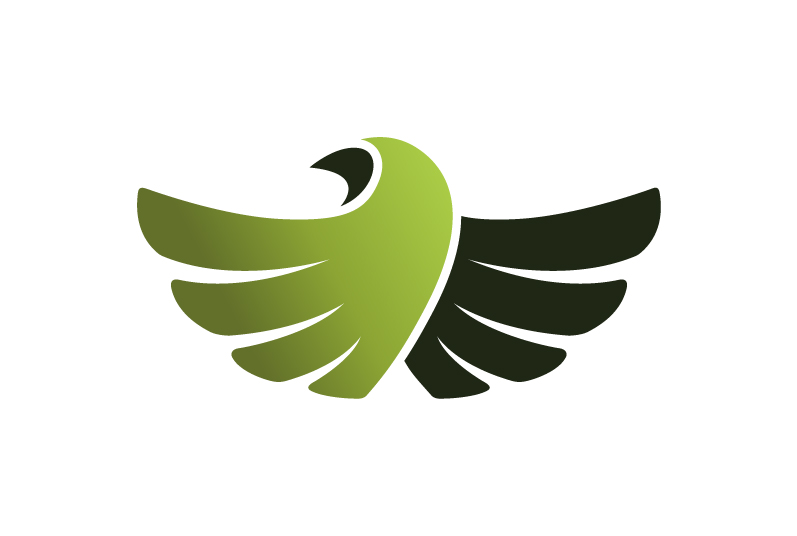My Experience of Qi
This month’s post is inspired by my ongoing study of qigong (energy training) and my shiatsu practice.
In traditional Chinese medicine, energy is known as ‘qi’. Qi exists in everything, as it is a binding force that gives form as well as an animating one that gives movement. All animate and inanimate things possess qi. According to traditional Chinese medicine, the quality that gives life is ‘jing’ (also known as essence). And that which gives consciousness is ‘shen’. Together these are known as ‘the three treasures’.
I first encountered the concept of qi when I started studying shiatsu bodywork and acupressure. Shiatsu involves the use of the practitioner’s fingers, palms, arms, elbows, feet and knees to apply pressure to specific points on the recipient. The practitioner will also stretch the recipient’s limbs and manipulate joints as part of a treatment. The aim is to harmonise energy in the body and promote well being. The points are the same as those used in acupuncture and are based on the theory that there are energy channels in the body that can be influenced by pressure (as in shiatsu) or needling (as in acupuncture) at specific points along the channels. Unlike blood vessels and nerves, channels (also known as meridians) cannot be seen and they only exist when there is energy flowing through them, rather like currents in the sea. When giving a shiatsu treatment I sense when a point wants attention, whether that is the tonifying effect of prolonged, firm pressure or the dispersing effect of friction (just as I would rub a limb that I had just bumped to ease the pain).
Since starting to study qigong, I have now also developed an awareness of qi when performing massage treatments. I have found that focusing on the position of my feet and shifting my weight from one leg to the other, as in qigong practice, enables me to transmit the energy or qi more effectively and so makes it feel easier, improves the quality of the treatment and protects me from injury. I also focus on my breathing during massage treatments as in qigong practice, which I have noticed helps keep me relaxed, prevents fatigue and again that improves the experience for the receiver.
When I was clearing moss from a concreted area behind my cottage earlier in the year, I discovered that qigong can be applied to gardening too! I was using a shovel to scrape the moss from the hard surface and started to find it a strain on my back after a while. I found myself standing in what is known in qigong as ‘horse riding stance’ (feet apart but parallel, knees slightly bent, as if sitting on a horse) and I was swinging the shovel across the front of my body. I decided to try applying qigong to it and shifted the weight from one leg to the other as I swung the shovel, which significantly reduced the effort! It went from feeling like hard work to an enjoyable and fluid rhythm, from disharmony to harmony.
I have also been feeling the fluid flow of qi when I swim, especially when I focus on driving the movement from the core of the body, known as the dantien in qigong (which is Chinese in origin) and the hara in shiatsu (which is Japanese in origin). I feel this whether it is in the rotation of freestyle and back stroke or in the undulation of breaststroke and butterfly. My stroke definitely feels more powerful and efficient at those times.
When I am practising qigong I experience qi in different ways. Sometimes it is a warmth between my palms and other times it is as an almost magnetic or elastic pull between them. In some exercises I can feel qi extending from my fingertips (e.g. in wild goose flying as my arms move slowly up and down). When I am moving my arms in other exercises I experience qi as resistance, like moving through water. I also feel it calming me when I breathe deeply into my back as the air and qi flow in and out. When I am standing in wu ji (extreme nothingness) as I breathe out it feels as though qi is flowing out of the soles of my feet like sand out of an egg timer and as I breathe in it feels as though qi is flowing from the ground into my feet, which is a profoundly grounding experience. You can see some qigong exercises here.
I have become aware of qi in the physical functioning of my body. I can feel the support of the qi stored in my bones and marrow, especially during the slow movements and weight shifting of qigong, as well as in the stationery postures. In my muscles I feel the qi as warmth and a loosening up. I even become aware of my blood and lymph in exercises that involve raising my arms above heart height; I feel the flow down my arms into my trunk, again like sand in an egg timer. In terms of my nervous system, I feel the soothing, harmonising effect of qigong as it activates my parasympathetic (relaxing) system. Having experienced the effect on qigong on my body, I can appreciate how it promotes homeostasis and so well being.
If you would like to try a shiatsu or massage treatment, you can contact me here. If you would like to try qigong or tai chi, I can highly recommend Karen Pounds as a teacher.

